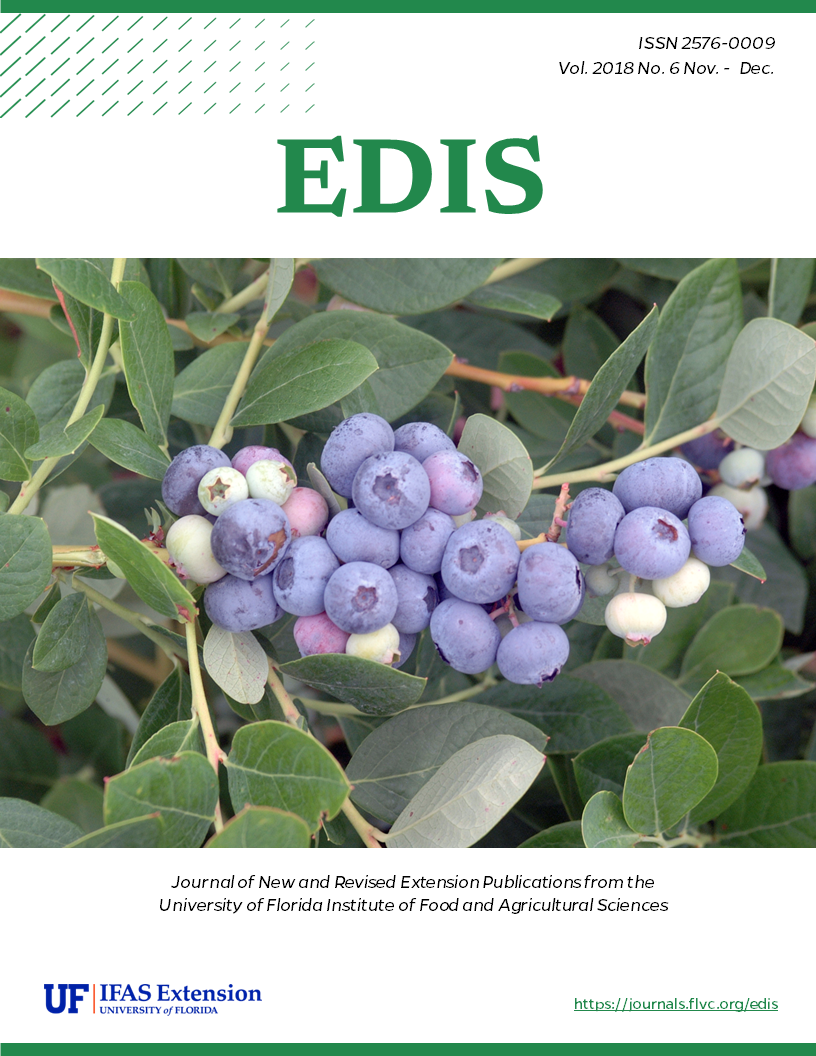Resumen
Lactose intolerance is a condition that occurs when people cannot effectively digest lactose. Lactose intolerance is often related to our age and genetic origin and the majority of the world’s population with Asian or African origins is lactose intolerant.Managing lactose intolerance and malabsorption depends on the intensity and severity of symptoms. Treatments include reducing or eliminating lactose-containing foods (dairy), replacing lactose-containing foods with other foods containing similar nutrients, and using lactase supplements or similar products. This publication will provide information and guidance for consumers so that they may find the right information for their situation.
Citas
Di Rienzo, T., G. D'Angelo, F. D'Aversa, M.C. Campanele, V. Cesario, M. Montalto, A. Gasbarrini, and V.
Ojetti. 2013. "Lactose intolerance: from diagnosis to correct management." Eur Rev Med Pharmaco. 17: 18-25.
Itan, Y., B. L. Jones, C. J. E. Ingram, D. M. Swallow, and M. G. Thomas. 2010. "A worldwide correlation of lactase persistence phenotype and genotypes." BMC Evol Biol. 10: 36. https://doi.org/10.1186/1471-2148-10-36
Lomer, M. C. E., G. C. Parkes, and J. D. Sanderson. 2007. "Review article: lactose intolerance in clinical practice - myths and realities." Aliment Pharmcol Ther. 27: 93-103. https://doi.org/10.1111/j.1365-2036.2007.03557.x
Misselwitz, B., D. Pohl, H. Fruhauf, M. Fried, S. R. Vavicka, and M. Fox. 2013. "Lactose malabsorption and intolerance: pathogenesis, diagnosis and treatment." United Eur Gastroent. 1: 151-159. https://doi.org/10.1177/2050640613484463
Nicklas, T. A., H. Qu, S. O. Hughes, M. He, S. E. Wagner, H. R. Foushee, and R. M. Shewchuk. 2011. "Self-perceived lactose intolerance results in lower intakes of calcium and dairy foods and is associated with hypertension and diabetes in adults." Am J Clin Nutr. 94: 191-198. https://doi.org/10.3945/ajcn.110.009860
Oak, S. J., and R. Jha. 2018. "The effects of probiotics in lactose intolerance: A systematic review." Crit Rev Food Sci. 9: 1-9
Park, Y. W., G. F. W. Haenlein, and W. L. Wendorff. 2017. "Overview of Milk of Non-Bovine Mammals," p. 11-20. In Handbook of Milk of Non-Bovine Mammals, 2nd ed. Oxford, UK: Blackwell Publishing. https://doi.org/10.1002/9781119110316
Scrimshaw, N. S., and E. B. Murray. 1988. "The acceptability of milk and milk products in populations with a high prevalence of lactose intolerance." Am J Clin Nutr. 48: 1142-1159. https://doi.org/10.1093/ajcn/48.4.1142
Storhaug, C. L., S. K. Fosse, and L. T. Fadnes. 2017. "Country, regional, and global estimates for lactose malabsorption in adults: a systematic review and meta-analysis." Lancet Gastroenterol Hepatol.10: 738-746. https://doi.org/10.1016/S2468-1253(17)30154-1
United States Department of Agriculture (USDA). 2018. "USDA Food Composition Databases." https://ndb.nal.usda.gov/ndb/search/list
Unless otherwise specified, articles published in the EDIS journal after January 1, 2024 are licensed under a Creative Commons Attribution-NonCommercial-NoDerivs 4.0 International (CC BY-NC-ND 4.0) license.

